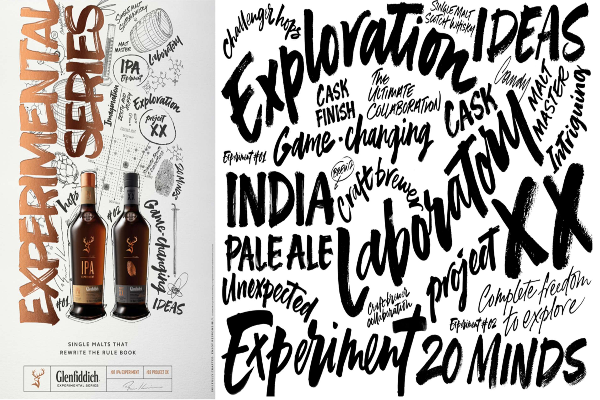Part 3: Re-evaluating Positioning and Messaging
It is no secret – and no surprise – that the Scotch Whisky industry is looking to reimage itself. While the industry aims to maintain its status as the epitome of quality, purity, and premium in the whisky world, it also needs to appeal to a new generation of drinkers, and that means shedding its associations with tartan-clad Scots, the old boys’ club, and your grandfather’s stuffy drinks cabinet. With Bourbon, Irish, and Japanese whiskies all on a tear, Scotch can ill afford to fall behind, especially as these other whiskies gain favor among younger consumers.
We have already looked at how the industry is introducing bold flavors to reach appeal to Millennial taste profiles and new Scotch packaging designs to better stand out and tell stories on-shelf. Next up is how the category is has rethought its positioning to better connect with new drinkers.
Positioning
While it can’t be said that emphasizing brand provenance and story is uniquely relevant to the younger generation – indeed branding has been trending this direction for at least the last decade – the fact is that 90% of Millennials desire brands they support to be authentic and transparent.
With authenticity and transparency playing such an important role, it’s no surprise the Scotch Whisky industry is leaning into provenance. Bruichladdich, an Islay distillery that has long been stressing the importance of terroir in Scotch, offers a range of its core products where all the barley is sourced locally and the vintage of the crop is provided. What’s more, every bottle comes with a unique code that can be entered on their site to see exactly how many barrels were mixed into that specific bottle, as well as those barrels’ vintage, and type and the barley’s origin.
Scotch brands are also changing their tune in how they talk to consumers. Since The Glenlivet’s release, they have been advocating that their Founder’s Reserve product makes for a great Scotch and Soda – which is not only a more approachable way to get into Scotch, but also goes against the traditional pseudo-rule of drinking Single Malts neat, with water, or on the rocks. What’s more, the brand’s tone of voice supports this sort of “opening up” of Scotch, with an Instagram campaign aimed directly at breaking down notions of Scotch as a drink for the so-called Old Boys’ Club:

But brands have to be careful in how they balance their dialogue with this audience. Johnnie Walker, attempting to be more inclusive with its iconic Scotch by releasing a “Jane Walker” edition on International Women’s Day, was panned for attempting to invite women into a category for which they didn’t realise they needed an invitation. It was inauthentic for the brand and tone deaf against what the target wanted, a dangerous and unfortunate combination that led to backlash from the intended target and younger consumers alike.

As with many other categories, Scotch is recognizing that openness and inclusion are more appealing to today’s consumer. But managing this appeal within a category that has historically been rigid, and which seeks to maintain its super premium image, is a challenge. The keys are to authentically tap the brand’s USPs and communicate long-standing brand equities in a manner relevant to a consumer base willing to look with a new perspective, but also vigilantly on the lookout for inauthentic advertising.



1 Comment